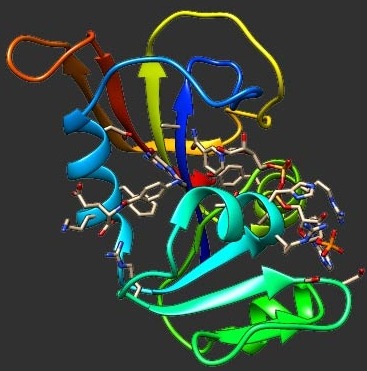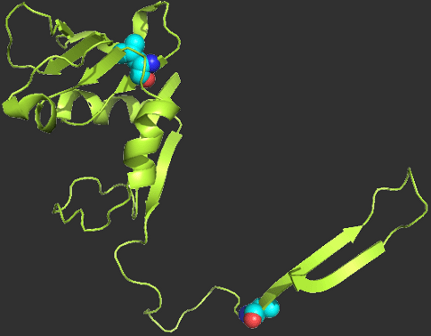Date Published:
2000
Abstract:
Two methods were proposed recently to derive energy parameters from known native protein conformations and corresponding sets of decoys. One is based on finding, by means of a perceptron learning scheme, energy parameters such that the native conformations have lower energies than the decoys. The second method maximizes the difference between the native energy and the average energy of the decoys, measured in terms of the width of the decoys' energy distribution (Z-score). Whereas the perceptron method is sensitive mainly to "outlier” (i.e., extremal) decoys, the Z-score optimization is governed by the high density regions in decoy-space. We compare the two methods by deriving contact energies for two very different sets of decoys: the first obtained for model lattice proteins and the second by threading. We find that the potentials derived by the two methods are of similar quality and fairly closely related. This finding indicates that standard, naturally occurring sets of decoys are distributed in a way that yields robust energy parameters (that are quite insensitive to the particular method used to derive them). The main practical implication of this finding is that it is not necessary to fine-tune the potential search method to the particular set of decoys used. Proteins 2000;41:192–201. © 2000 Wiley-Liss, Inc.
Website

